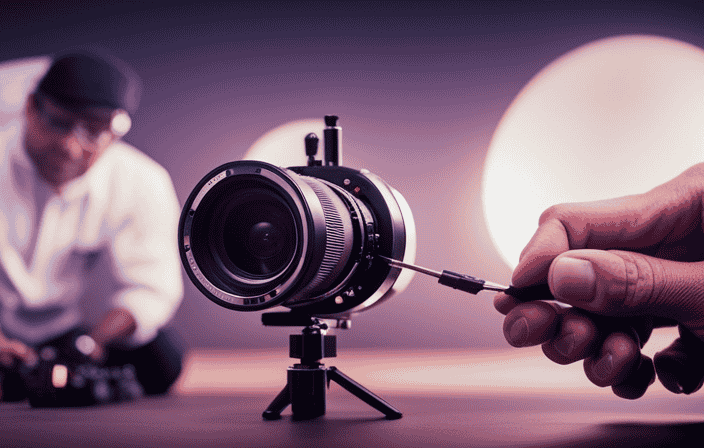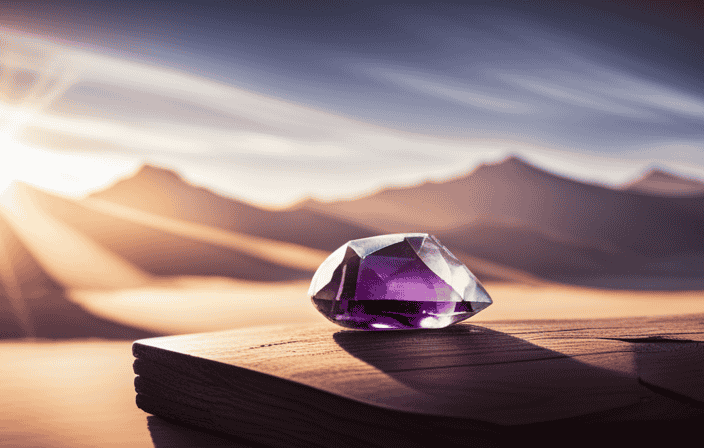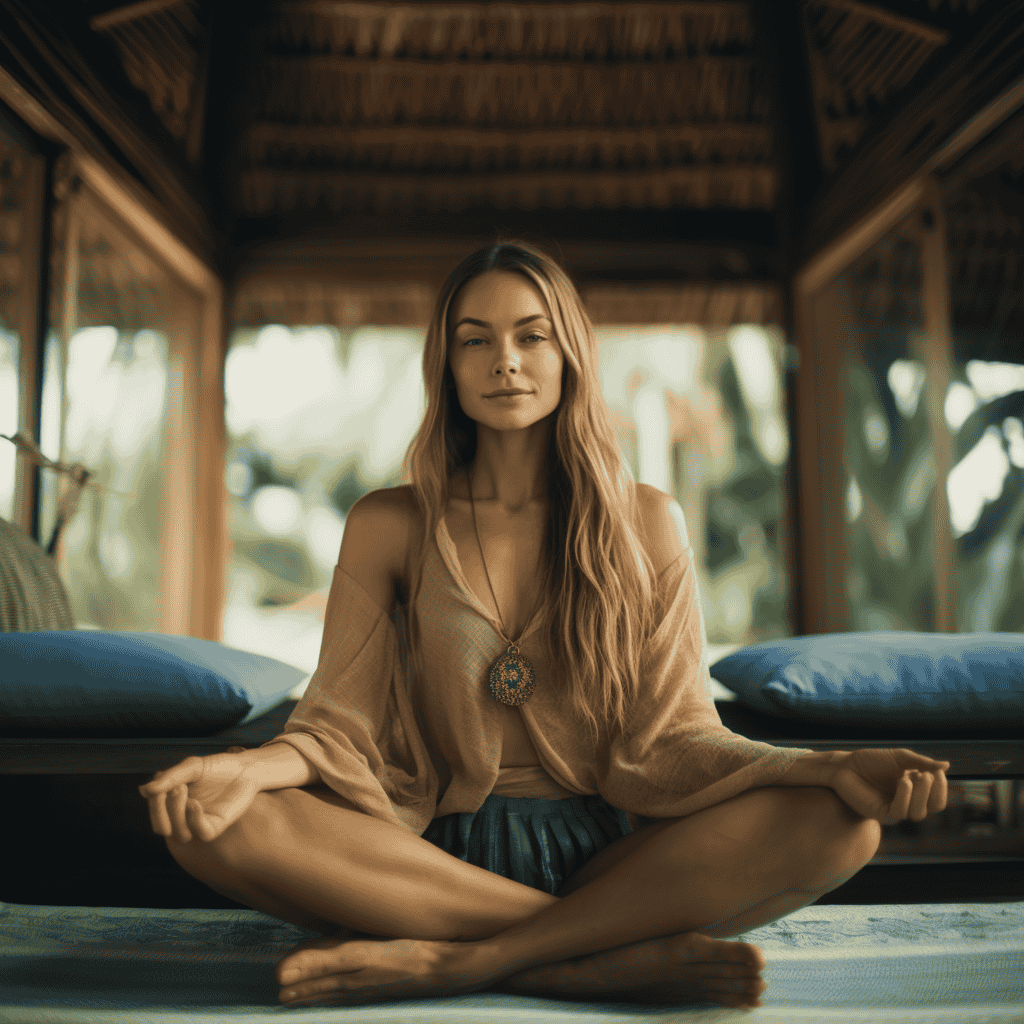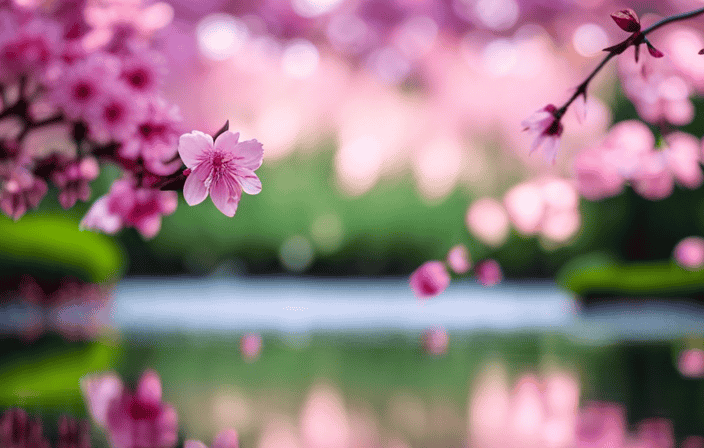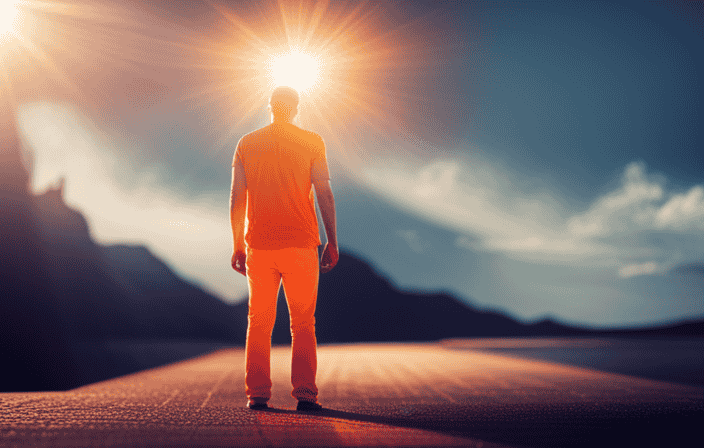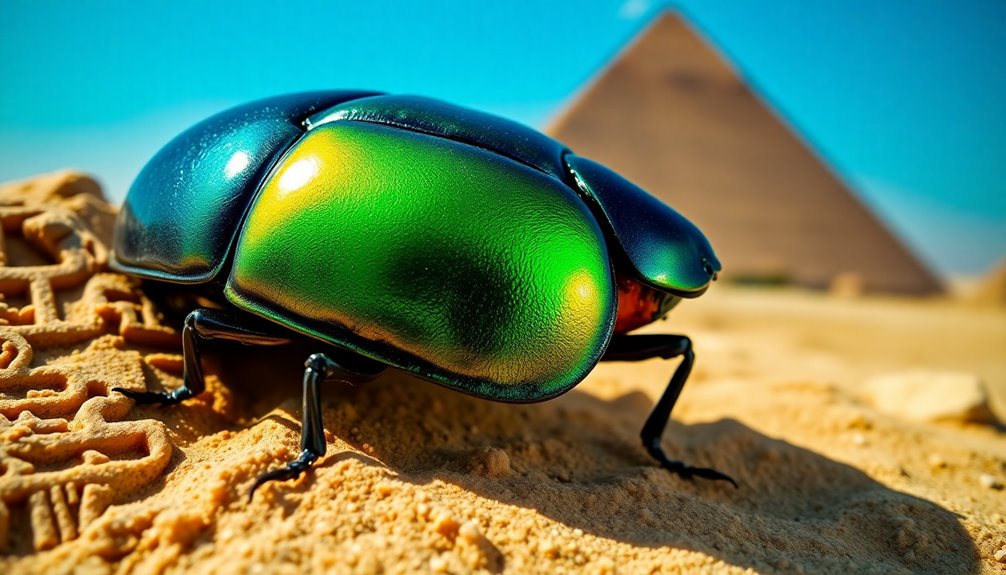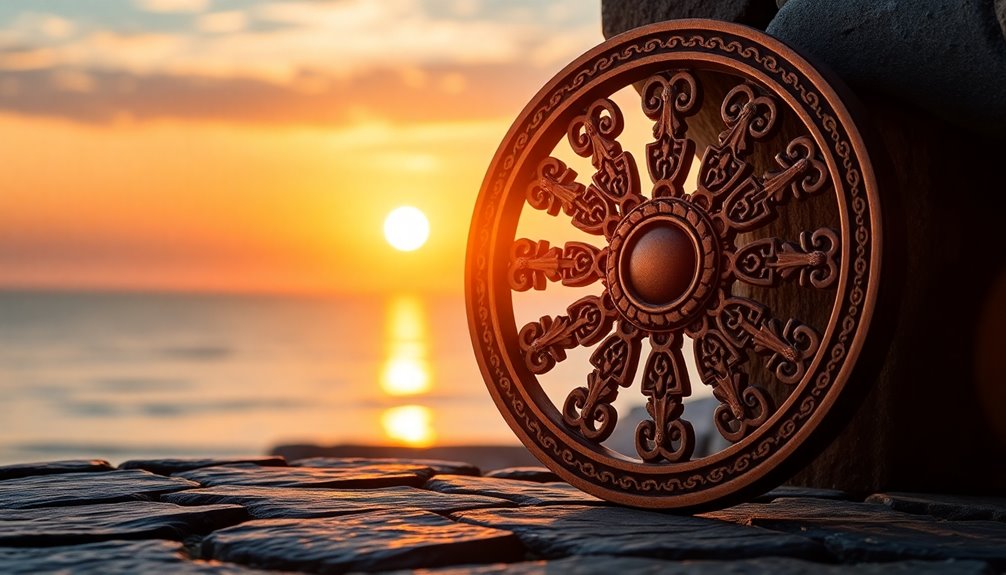United States Translation:
Did you know that the electromagnetic energy fields surrounding us can provide insight into our physical, emotional, and spiritual state? With an aura camera, you can capture and analyze these energy fields to gain a deeper understanding of yourself and your interactions with the world.
In this article, I will guide you through the process of building an aura camera, including the components required, assembly steps, calibration, and usage. Let’s dive into the technical details and explore the fascinating world of aura photography.
Key Takeaways
- The components required for building an aura camera include a camera, lens, filters, aura software, and high-quality components for accurate results.
- The process of building the aura camera involves assembling the camera, mounting the lens and filters, and installing the aura software, while carefully following the steps for optimal functioning.
- Using the aura camera involves calibration, taking aura photos, and interpreting aura colors and meanings to gain insight into one’s physical, emotional, and spiritual state.
- The camera specifications for an aura camera include a DSLR camera with a suitable lens, a digital data acquisition system, a computer processing unit, specialized software for reading and analyzing electromagnetic signals, and precise camera settings for capturing energy fields.
Components Required
To build an aura camera, I need to gather the necessary components. These include a camera, lens, filters, aura software, and high-quality components for accurate results.
The building process starts by assembling the camera and mounting the lens and filters. Once that is done, I can move on to installing the aura software. It is important to carefully follow the steps for optimal functioning.
Using high-quality components is crucial to ensure accurate results. The aura software features are also important as they are responsible for reading and analyzing electromagnetic signals.
When it comes to the camera specifications, a DSLR camera with a suitable lens is recommended. Additionally, a digital data acquisition system and a computer processing unit are necessary.
The lens and filters play a significant role in capturing clear and accurate images. It is essential to choose a high-quality lens with a natural focal length. Considering the aperture is also important for adjusting the depth of field.
As for the filters, they should be thin glass or plastic coated with optical layers. The selection should be based on sensitivity, resolution, and wavelength range.
Assembly Steps
First, I gather all the necessary camera parts and lenses before joining them to create the sensor. Assembling the aura camera requires careful attention to detail and precision. Here are the steps involved:
- Connect the camera module to the microcontroller board to establish communication.
- Attach sensors for collecting energy signals, ensuring accurate data collection.
- Integrate all the hardware components onto a circuit board for seamless functioning.
- Create software programs for data collection and manipulation, enabling efficient analysis.
Once the camera is assembled, calibration is essential for accurate aura interpretation. This involves adjusting camera settings to capture energy fields correctly. Through calibration, the camera can accurately depict the different aura colors and meanings, providing insights into one’s physical, emotional, and spiritual state.
With the aura camera, you can explore your energetic field and discover how your energy interacts with the world around you.
Calibration and Usage
After assembling the aura camera, I carefully calibrate it to accurately capture and interpret energy fields, allowing me to gain insights into my physical, emotional, and spiritual state. Calibration is a crucial step to ensure the camera’s accuracy and effectiveness.
I start by adjusting the camera settings to capture the energy fields with optimal clarity and detail. I also set the exposure time and aperture to capture the desired depth of field.
Once the camera is calibrated, I begin taking aura photos by positioning the subject in front of a neutral background and instructing them to relax and focus their energy. I then analyze the aura colors using specialized software, which helps me interpret the energy patterns and gain a deeper understanding of the subject’s overall well-being.
By employing various aura camera techniques, I can explore the subject’s energetic field and discover how their energy interacts with the world around them.
Camera Specifications
I carefully select a DSLR camera with a suitable lens, a digital data acquisition system, and a computer processing unit for my aura camera. The camera specifications play a crucial role in capturing and analyzing energy fields. To ensure accurate readings, precise camera settings are essential. The digital data acquisition system allows for the collection of electromagnetic signals, which are then analyzed using specialized software. This analysis helps in understanding the energy patterns and colors present in the aura. In order to achieve optimal results, it is important to consider factors such as sensitivity, resolution, and wavelength range when selecting the lens and filters. The lens should be of high quality, providing clear and accurate images, while the filters should be thin glass or plastic coated with optical layers to isolate specific wavelengths for accurate measurements.
| Camera Specifications | |
|---|---|
| Camera Type | DSLR |
| Lens Type | Suitable Lens |
| Data Acquisition System | Digital |
| Computer Processing Unit | Included |
| Software | Specialized for analyzing electromagnetic signals |
| Camera Settings | Precise settings for capturing energy fields |
Lens and Filters
For optimal results, it is essential to select a high-quality lens that provides clear and accurate images, as well as thin glass or plastic filters coated with optical layers to isolate specific wavelengths for accurate measurements in my aura camera.
When choosing the right lens for an aura camera, I need to consider factors such as the focal length, aperture, and overall quality. A prime or zoom lens with at least 50mm focal length is recommended to simulate human eyesight. The lens should have a natural focal length and the ability to adjust the depth of field through its aperture.
It is important to avoid using inferior quality lenses as they can result in inaccurate readings. Additionally, optical filters play a crucial role in aura photography by isolating specific wavelengths. Interference filters can effectively isolate desired wavelengths, while absorptive filters absorb light at specific wavelengths.
High-quality filters are necessary for accurate measurements of energy fields.
Frequently Asked Questions
How long does it take to assemble an aura camera?
Assembly time for an aura camera can vary depending on experience and familiarity with the components. On average, it can take a few hours to assemble. Troubleshooting tips include double-checking connections, ensuring proper software installation, and consulting technical resources if needed.
Can the aura camera be used outdoors?
The aura camera can be used outdoors, but there are limitations. Outdoor conditions such as lighting and interference can affect the accuracy of aura photography. However, outdoor aura photography offers the benefit of capturing natural energy interactions in different environments.
Is the aura software compatible with both Windows and Mac operating systems?
Yes, the aura software is compatible with both Windows and Mac operating systems. If you encounter any issues, troubleshooting aura camera software may involve checking system requirements, updating software versions, or contacting customer support for assistance.
Are there any specific lighting conditions required for taking aura photos?
To capture accurate aura photos, it is crucial to create the right lighting conditions. Different techniques, like using soft and diffused lighting or colored backdrops, can enhance the visibility of energy fields. These techniques provide valuable insights into one’s physical, emotional, and spiritual state, allowing for a deeper understanding of oneself. The benefits of aura photography include exploring your energetic field and discovering how your energy interacts with the world.
Can the aura camera be used to detect auras in animals or plants?
The aura camera can be used to detect auras in animals by capturing their energy fields. However, there are limitations in aura photography for plants due to their different energy systems and the inability to interpret their aura colors and meanings accurately.
Conclusion
In conclusion, building an aura camera requires careful consideration of the components involved. These components include the camera, lens, filters, and specialized software. By assembling these components and integrating them onto a circuit board, we can create a powerful tool for capturing and analyzing electromagnetic energy fields.
Through calibration and usage, individuals can gain insight into their physical, emotional, and spiritual state. This can be done by interpreting the colors and meanings of their aura. Just as a skilled photographer captures a moment in time, the aura camera captures the energetic essence of a person. This provides a unique window into their energy interactions with the world.
